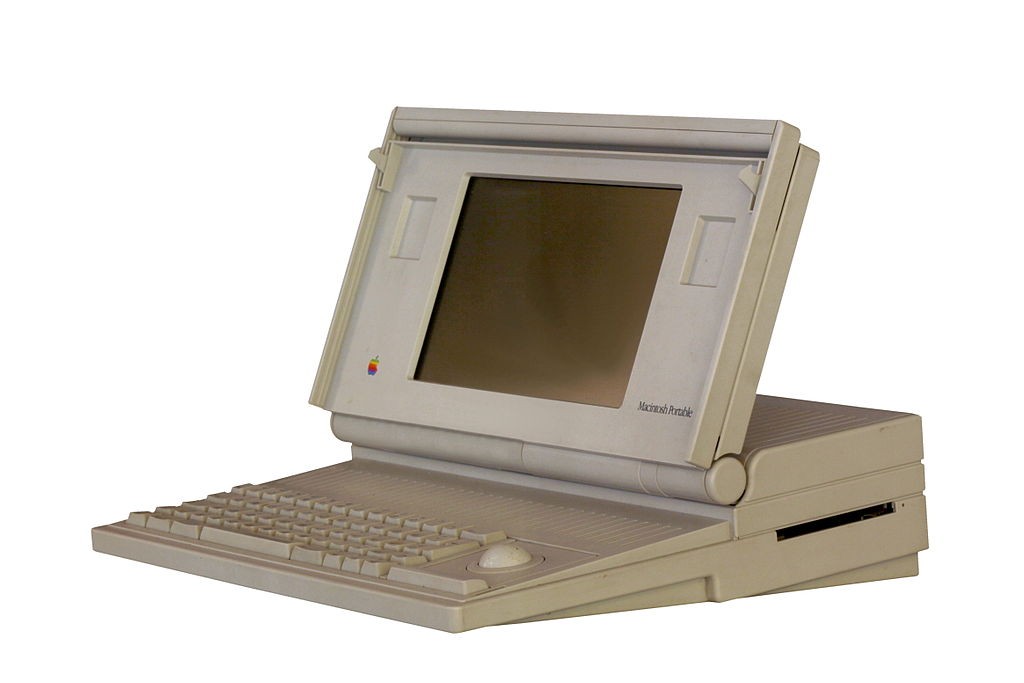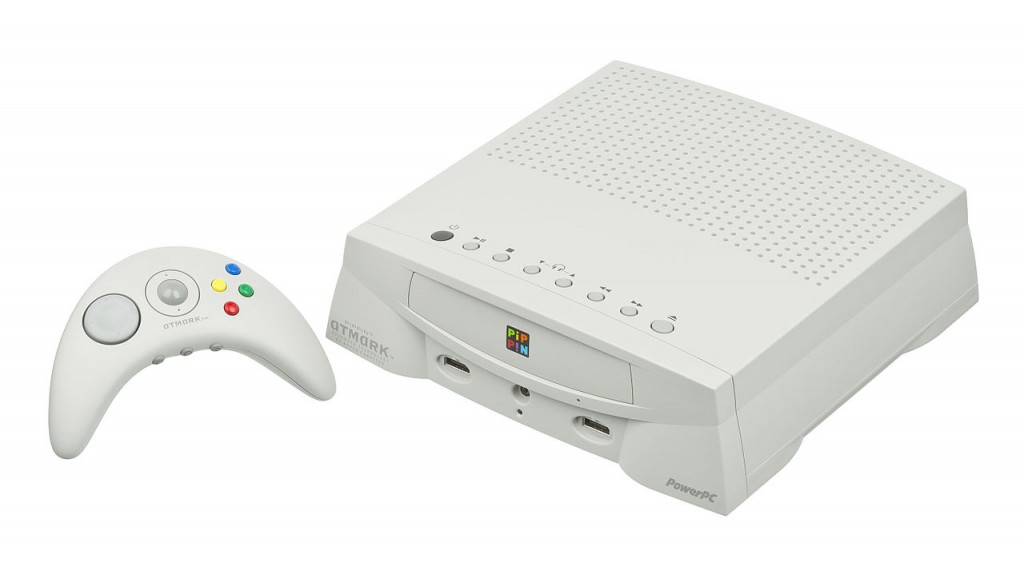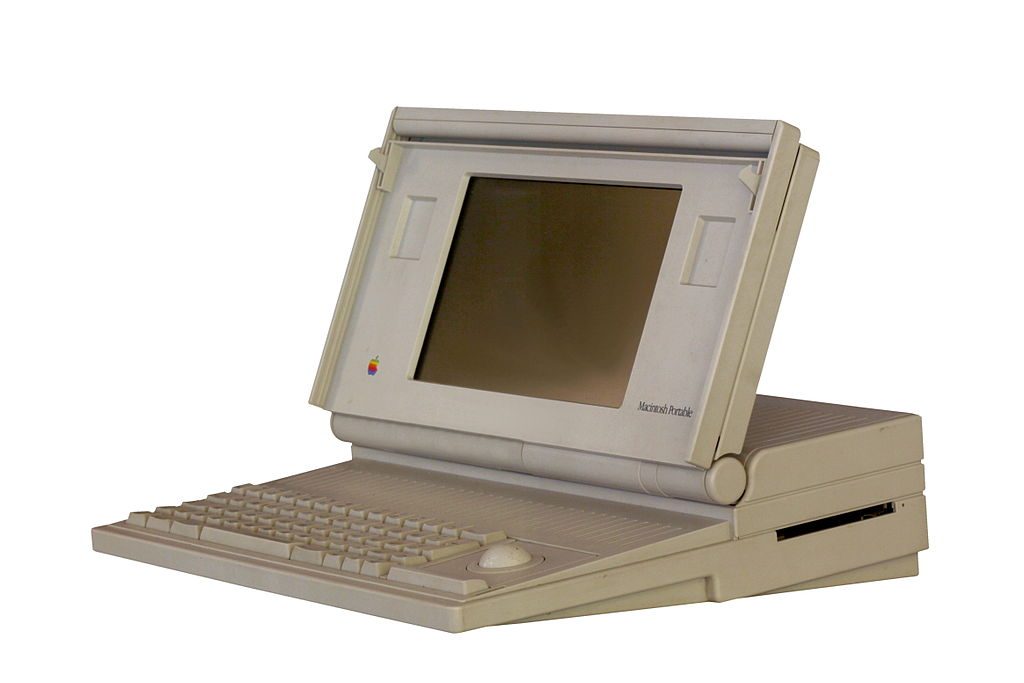From the iPod to the iPhone to the iPad, Apple has had a lot of successes in recent years. It wasn’t always like that.
Macintosh Portable
A portable computer was positively revolutionary in 1989. Apple’s entry had a black-and-white LCD screen, which folded down over the keyboard to make the whole thing easy to cart around. Making it not so easy to cart around: It weighed more than 16 pounds (about the equivalent of four of today’s Macbooks). It also drained the battery quickly, wouldn’t hold a charge, and many consumers reported that the screen sometimes wouldn’t turn on if it was plugged into a wall outlet. The Macintosh Portable was discontinued less two years later.

Apple Newton
Apple’s tablet computers and handheld devices were nothing new when they were introduced a few years ago—Apple had launched the Newton, its first handheld, mini-tablet back in 1993. Ahead of its time? Maybe, but the poor battery life and perpetually dim screen didn’t win it many fans. It’s flashiest selling point—that users could write on the screen with a stylus and the Newton would convert and store their handwriting as typed words—didn’t really work. A few hardcore fans kept the product on shelves until 1998.
Apple Pippin
Perhaps the biggest names in home computing in the ‘90s were video game companies like Nintendo and Sega. In 1995, Apple entered the market with a gaming console called the Pippin. Despite a sleek futuristic controller and CD-ROM based games with sophisticated graphics, the Pippin was a bust. Priced at $600 (more than double that of the systems offered by the competition), only 20,000 units sold—far less than the 300,000 Apple projected.

The U2 iPod
Released in part to promote rock band U2’s album How to Dismantle an Atomic Bomb, Apple unveiled a special U2 edition iPod in late 2004. It was colored black and red, instead of white and gray like a standard iPod. It didn’t come with any extra features (not even a free U2 album), but it did cost $50 extra. The product was gone by 2005.








